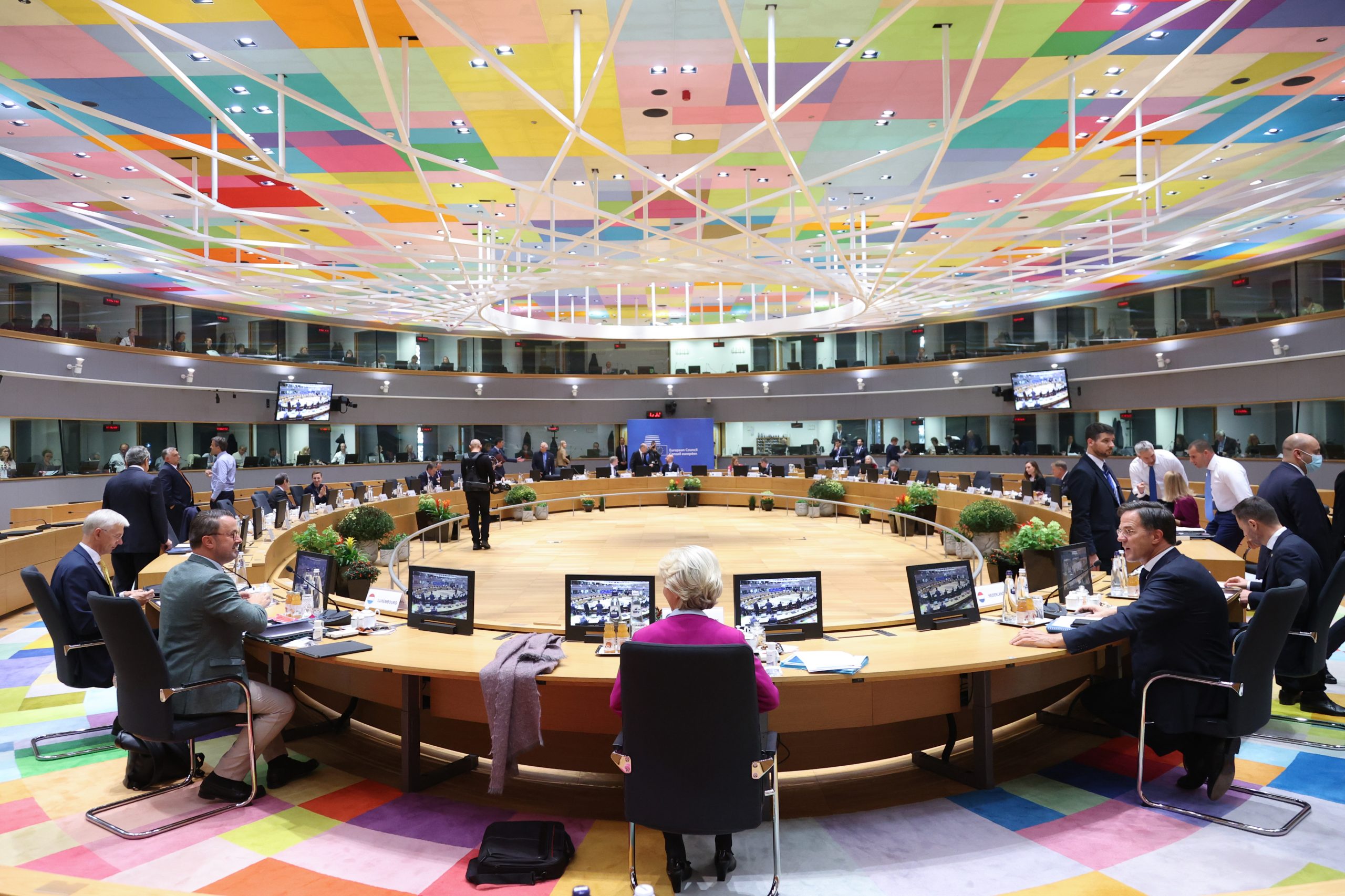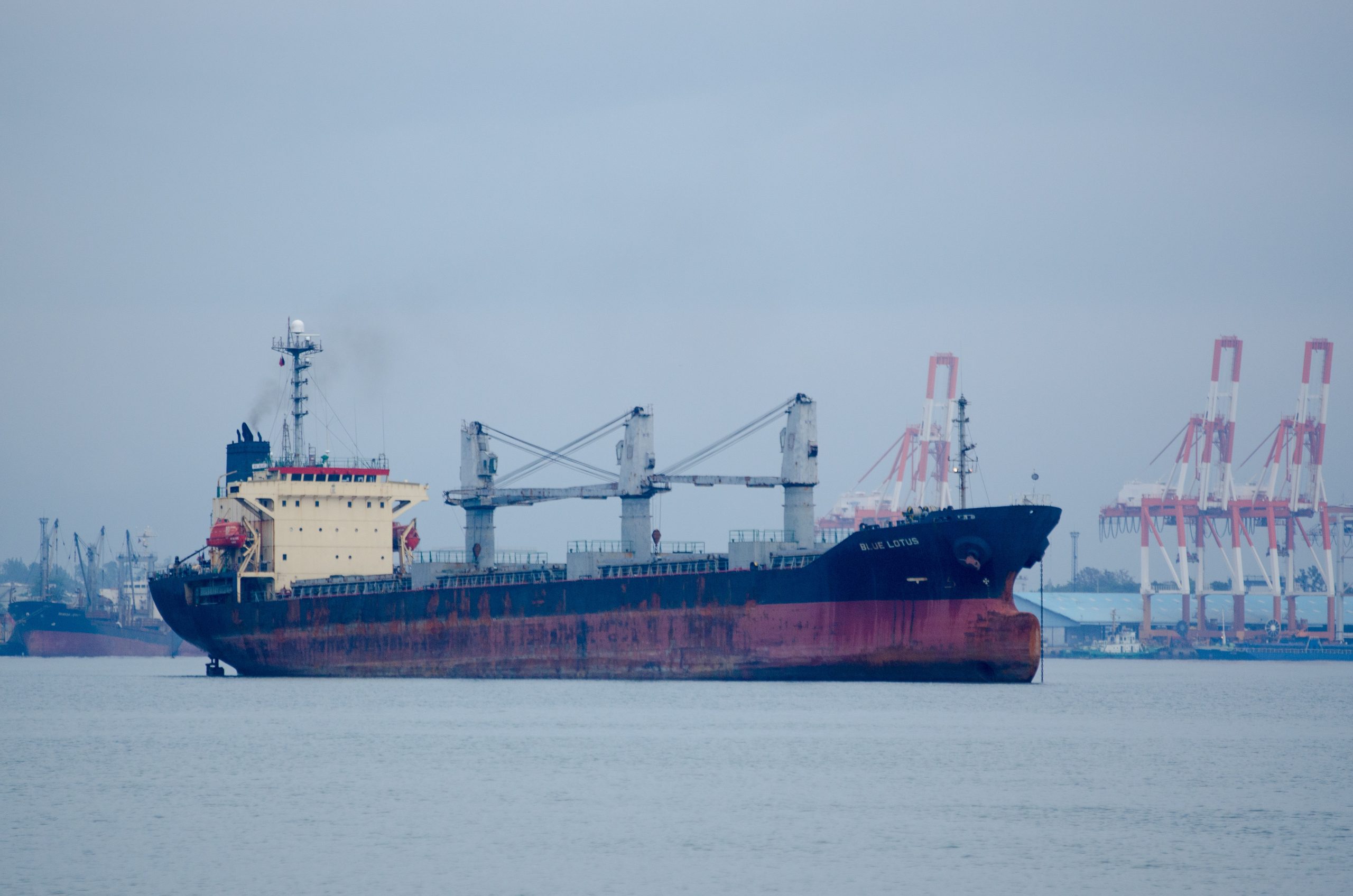
We were able to protect what was important, Minister Gergely Gulyás said about the EU summit.Continue reading

As Europe grapples with a severe energy crisis, yet another complication is exacerbating the situation on the continent: dozens of LNG (liquefied natural gas) tanker ships have been piling up in European waters around LNG terminals, as there is currently no capacity to offload the highly valuable gas.
Europe is looking to replace lost Russian gas supplies with LNG gas, including that from the United States, but there are too few terminals on the continent capable of receiving the increased number of ships, unloading the liquefied natural gas, and then turning it back into gas.
As a result, as reported by CNBC, there are currently 60 LNG vessels sitting in European waters waiting to be emptied. According to MarineTraffic, some of the vessels are sailing slowly around northwest Europe, the Mediterranean, and the Iberian peninsula. One is in the Suez Canal and eight are heading for the port of Huelva in Spain.
The wave of LNG tankers has overwhelmed the ability of the European regasification facilities to unload the cargoes in a timely manner,”
said Andrew Lipow, president of Lipow Oil Associates.
The delays also mean that the ships will be delayed in their return to the US to pick up the next shipment. Meanwhile, the supply of natural gas on the market has increased and the price has fallen dramatically: while in August it cost €340 per megawatt hour, last week it dropped to less than €100. The reason for this is that the presence of LNG on the water has increased, which has brought the price of gas down.
The increased demand for LNG also means that more vessels will be needed worldwide, but most of the vessels currently in operation are on long-term contracts, which could create a gap in the market.
As a result, the daily rental price of such vessels is already at $500,000.
Jacques Rousseau, managing director of Global Oil and Gas at ClearView Energy Partners LLC, told CNBC that the EU gas cap could easily drive traders away from the market for LNG, which would have a serious impact on future shipments. Meanwhile, Rousseau also said that European gas storage is already over 93% full.
In the case of Hungary, gas storage is currently 72% full, Attila Steiner, Secretary of State for Energy at the Ministry of Technology and Industry, recently reported. He added that as the country’s storage capacity is quite large, the energy carriers needed for the functioning of the domestic economy and for households are available.
As it was announced recently by the Minister for Technology and Innovation, László Palkovics, Hungary aims to significantly reduce its exposure to foreign gas by 2050 through non-fossil energy production in the country. The plan is to replace the predominantly gas-fired district heating systems with geothermal energy, but a strategy for biomass-fired energy is also being prepared.
Featured photo via Pexels